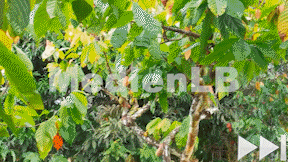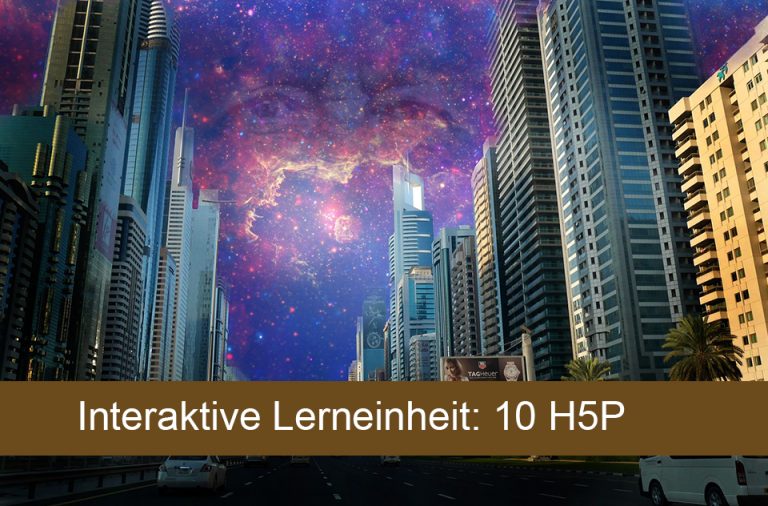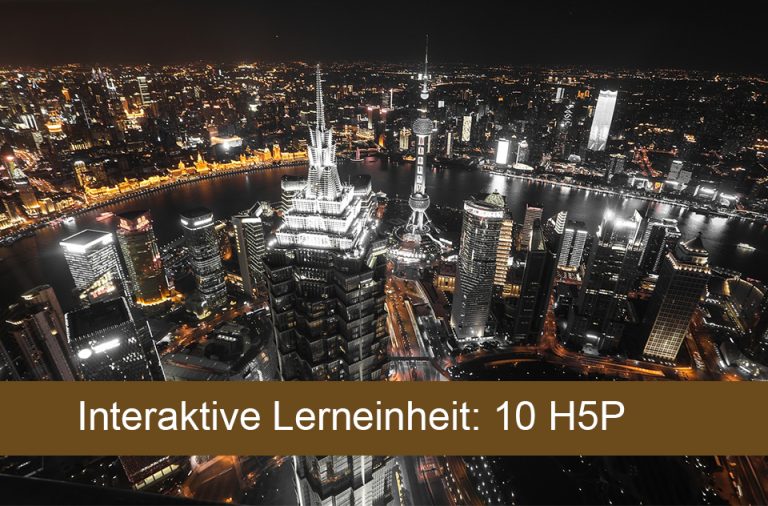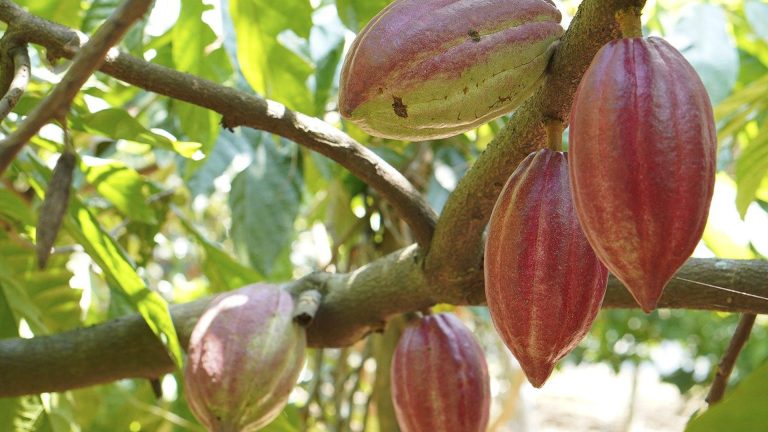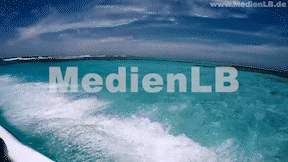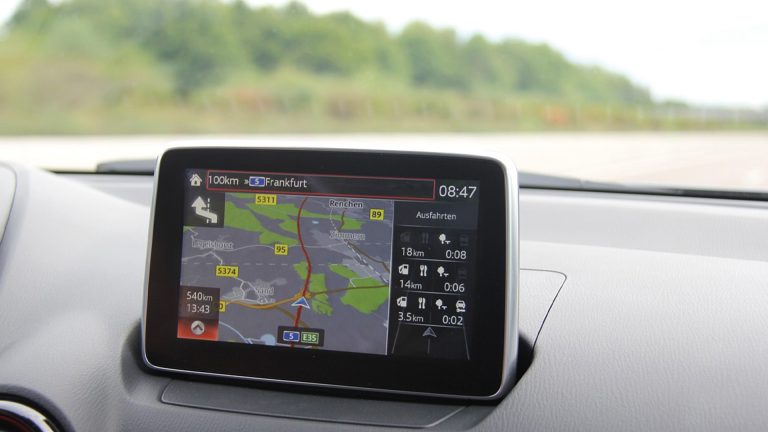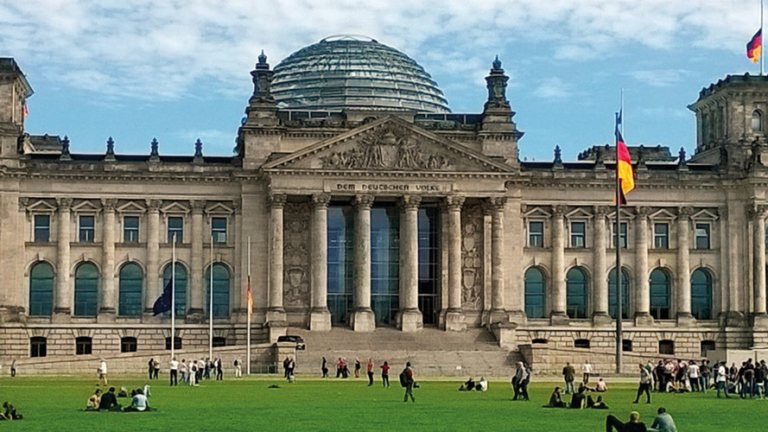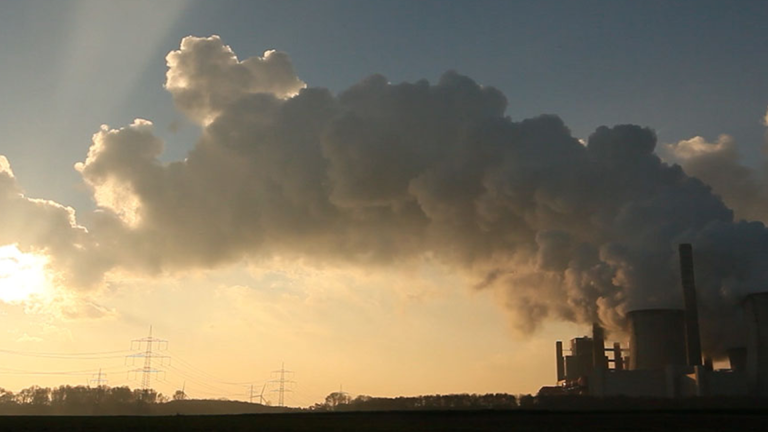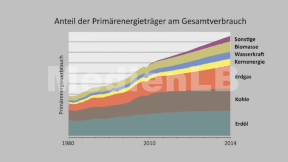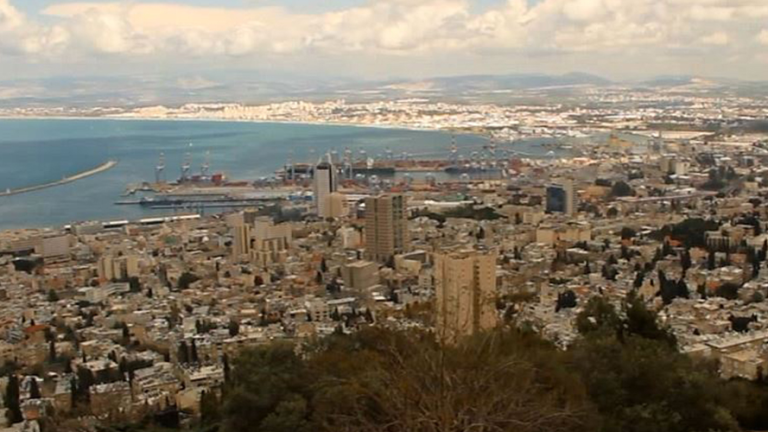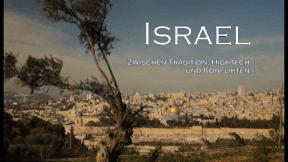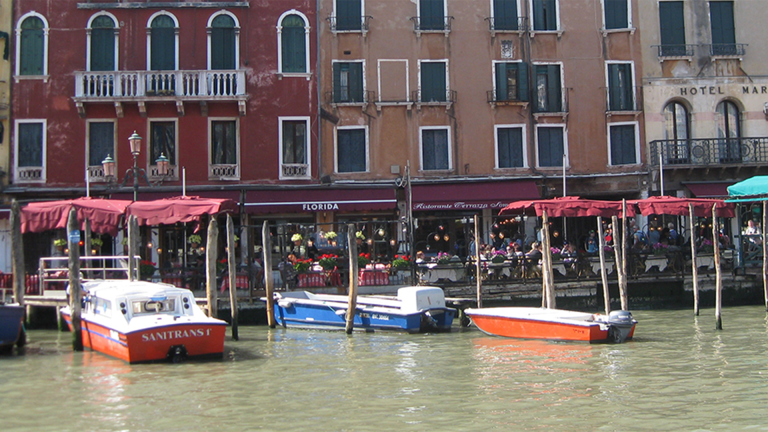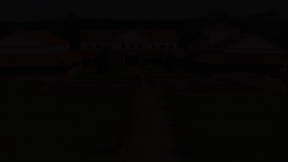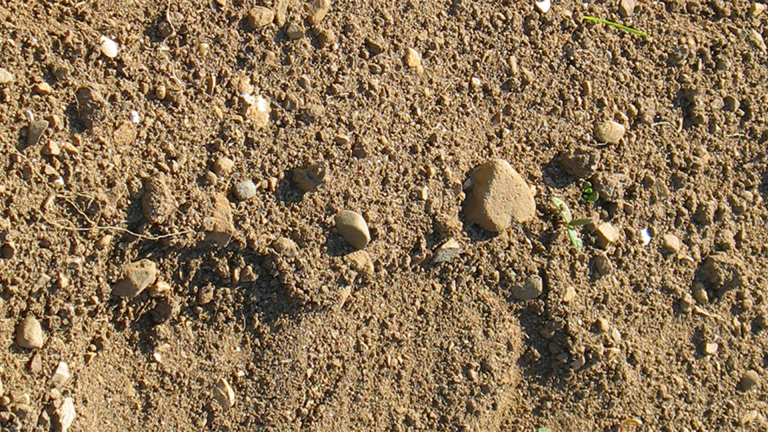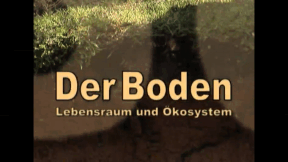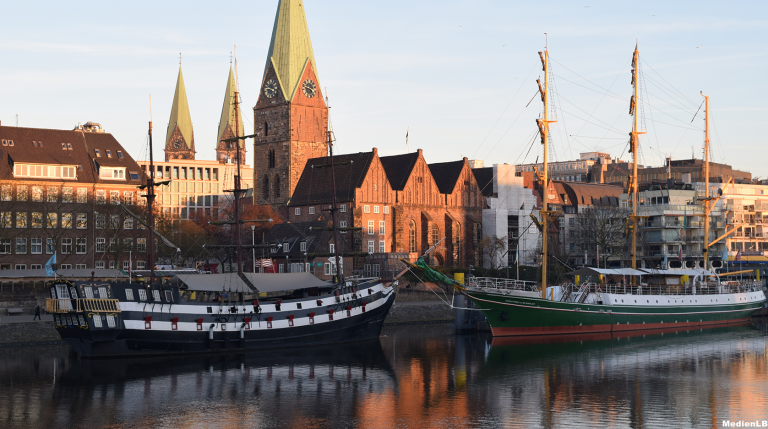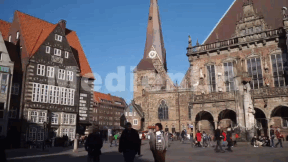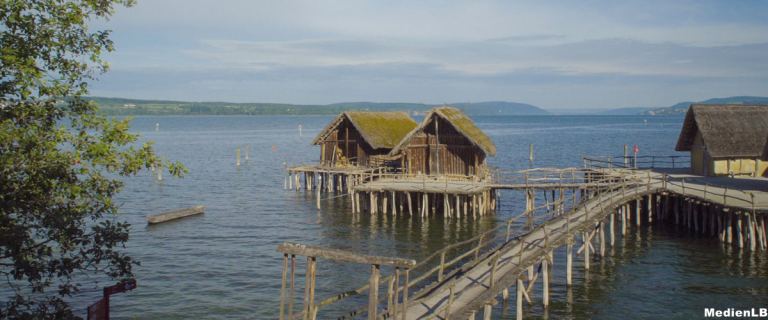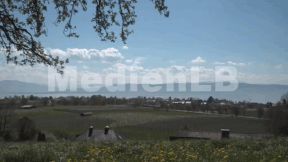Suche:
- # Artistry
- # Biology
- # Chemistry
- # Ecological
- # Economy
- # English
- # Foreign Language
- # Geography
- # German
- # Health
- # History
- # Informatik
- # Latin
- # Mathematics
- # Media Education
- # Music
- # Physics
- # Politics / Civics
- # Preschool
- # Primary School
- # Religion
- # Society
- # Sports
- # Technology
- # Training of Teachers
- # Vocational Education
Das Geschäft mit Kakao
Die Olmeken, Maya und Azteken sahen in Kakao ein göttliches Geschenk – er galt als Opfergabe, Medizin und Zahlungsmittel. Auch heute wird Kakao als marktwirtschaftliches Produkt an der Börse gehandelt.
Learn moreLerneinheit Geographie 7/8
In 10 interaktiven Aufgaben wird Wissen zu den Phänomenen der globalen Verstädterung vermittelt und abgefragt.
Learn moreLerneinheit Geographie 7/8
In 10 interaktiven Aufgaben wird Wissen zu Megacities und Smartcities vermittelt und abgefragt.
Kakao aus Belize
Ein Film von Roland Wehap. Der Film zeichnet den Weg einer Kakaobohne aus den Wäldern Belizes bis zur Verarbeitung in einer Schokoladenmanufaktur nach.
Learn moreNatural Gas
It provides heat for radiators and for cooking, generates electricity and even drives cars: natural gas is an important energy resource – worldwide, and also here in Germany.
Learn moreIsrael
The territory of present-day Israel is one of the oldest cultural regions on Earth. It is the Holy Land of three world religions: Judaism, Christianity and Islam. But this country between the Jordan and the Mediterranean with a rich tradition is threatening to break apart because of the conflict between Israelis and Arabs.The territory of present-day Israel is one of the oldest cultural regions on Earth. It is the Holy Land of three world religions: Judaism, Christianity and Islam. But this country between the Jordan and the Mediterranean with a rich tradition is threatening to break apart because of the conflict between Israelis and Arabs.
Learn moreVenice
Showered with superlatives, Venice is doubtlessly an out- standing city, welcoming up to 15 million tourists annually. But despite the powerful magic it radiates, the city is confronted with seemingly overwhelming problems. Hence, detractors keep talking about a dying city. Is Venice then really the At- lantis of our time? The film published here first of all provides a survey of the most important geographic data of the lagoon city and looks into the question why more than one thousand years ago people settled in this inhospitable environment. The immense wealth of the former maritime republic can still be imagined when looking at the sumptuous architecture of many of its buildings. The DVD examines the various causes responsible for the rise of Venice to the dominating merchant power of the whole Mediterranean region during the Middle Ages. And why did the city lose its importance afterwards? As a special highlight of this DVD, we have included a film on Venice dating back to 1968. The two films are excellently suited for comparison, on the one hand with respect to the city‘s historic development, on the other hand in view of its respective treatment on film.
Learn moreSoil
“To be brought back down to earth” is an expression we use when someone needs to come back to reality. Just like the air to breathe, the soil is taken for granted and simply there – we do not need to think about it. However, it is an extremely complex, sensitive structure and not only the crucial production factor for farmers but their basis of their existence. Ultimately, the soil is the vital basis of life for plants and, directly or indirectly, for animals as well as us humans. Starting from the relevance of the soil, the film clarifies the diverse, mutual relations with other elements of the landscape. In this cinematic exploration, the manifold, soil-forming factors and processes such as, for instance, decomposition and humus formation are explained just like the geographical basic terms “soil profile”, “horizons” and “soil type”. Over the past 150 years approximately, a profound change has taken place in agricultural production, which was essential to provide a stable, high-quality sustenance of the growing population in the industrial states. The DVD also shows that heedless human interference into the soil ecosystem has brought about irreparable consequences.
Learn moreLake Constance
Lake Constance is not only beautifully situated at the foot of the Alps, surrounded by a fertile countryside – you can also tell many stories about it, and thus learn something about its history and the people who live there.
Learn more




